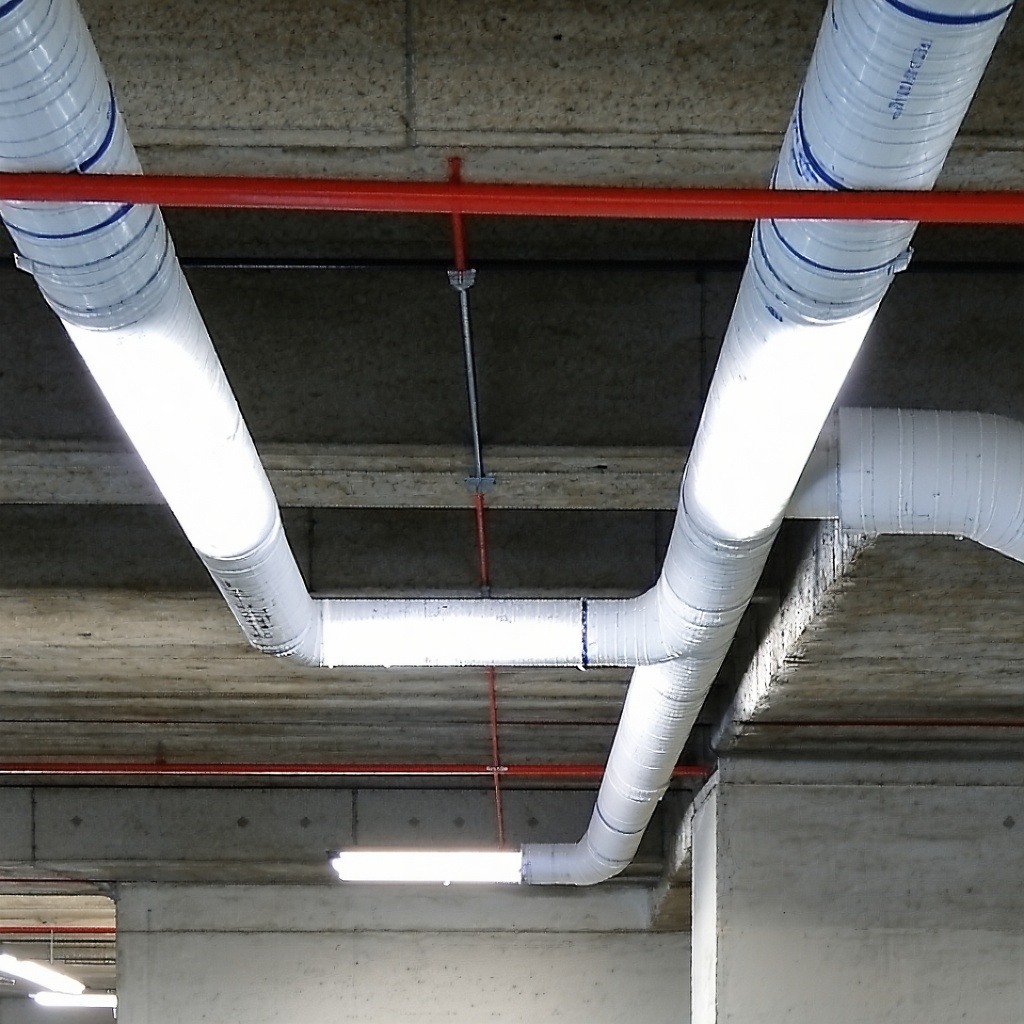Passive Fire Inspections
Ensure Fire-Resistant Barriers & Doors Are Maintained to AS 1851.2012
In a fire, smoke inhalation is the leading cause of death, not burns. Proper fire compartmentation—through fire doors, barriers, and passive fire protection systems—is essential to slow smoke spread and give occupants time to escape.
To ensure these critical protections remain effective, fire-rated doors, walls, and penetrations must be regularly inspected and maintained in accordance with AS 1851.2012 – Section 12.

What is a Passive Fire Inspection?
A Passive Fire Inspection ensures that fire-resistant building elements such as fire doors, fire-rated walls, ceilings, and service penetrations are maintained in accordance with AS 1851.2012 – Section 12.
Key Areas Covered:
- Fire Doors & Doorsets – Checked for correct operation, damage & compliance (varied frequencies based on door type)
- Fire & Smoke Seals – Ensuring gaps are properly sealed to prevent smoke spread
- Service Penetrations – Verifying correct fire-stopping materials are in place
- Fire-Resistant Walls & Ceilings – Assessing for compliance with fire ratings
- Access Panels & Fire Dampers – Ensuring proper sealing & operability
Without proper compartmentation, smoke can spread rapidly, reducing evacuation time and increasing fire-related fatalities.
How Often Do Passive Fire Systems Need to Be Inspected?
In accordance with AS 1851.2012 – Section 12:
- Most passive fire systems require annual inspections to ensure continued effectiveness.
- Fire doorsets have varied inspection frequencies depending on their classification and risk profile. Fire doors and smoke doors are to be inspected on a six monthly basis, whilst sliding fire doors are inspected every three months.
- Hinged and pivoted fire resistant doors to private residential apartments may be extended to a yearly service schedule.
Neglecting these inspections can lead to compromised fire barriers, putting lives and property at risk.

Why Choose Focus BRC for Passive Fire Inspections?
Cost-Effective Compliance
We perform passive fire inspections while conducting your ESM audit, saving you time and reducing costs.
Solutions, Not Just Problems
Unlike most inspectors, we work with a Passive Maintenance Partner to provide rectification quotes, ensuring defects can be fixed efficiently.
Meets AS 1851.2012
We follow industry standards to keep your fire barriers compliant, ensuring insurance & regulatory obligations are met.

How Our Passive Fire Inspections Work
Our inspections follow AS 1851.2012 – Section 12 to provide accurate, detailed compliance assessments.
1️⃣ Physical Inspection – On-site assessment of fire doors, penetrations, seals & barriers
2️⃣ Compliance Verification – Cross-checking against AS 1851.2012 & building fire plans
3️⃣ Detailed Inspection Report – Documentation of findings & compliance status
4️⃣ Support for Rectifications – Assisting Owners Corporations with prioritising repairs
We ensure your passive fire protection systems remain compliant and effective.
Book an Passive Fire Inspection
Ensure your building's fire barriers & doors are fully compliant with AS 1851.2012.
